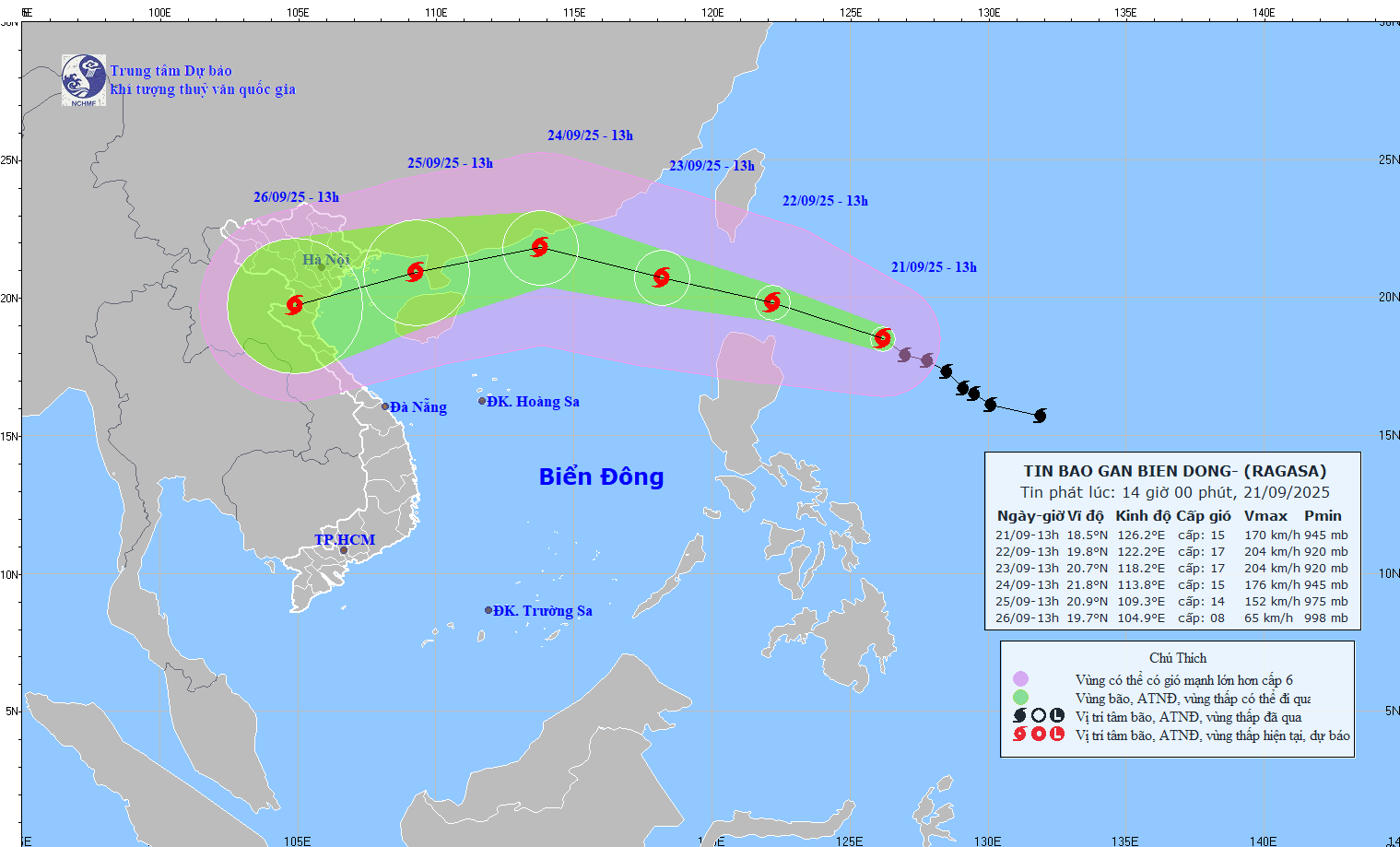
According to the National Center for Hydro-Meteorological Forecasting, at 5:00 p.m. on September 21, the center of storm RAGASA was at about 18.6 degrees North latitude; 125.8 degrees East longitude, about 370 km east of Luzon Island (Philippines). The storm intensity is level 16 (184 - 201 km/h), gusting above level 17.
The Philippine Meteorological Agency has raised the impact warning level to level 3, the highest level for the impact of a typhoon in the Philippines.
It is forecasted that around the evening of September 22, super typhoon RAGASA will move into the East Sea and become the 9th typhoon in the East Sea. After that, the typhoon will move quickly, about 20 km/h, the maximum intensity of the typhoon can reach level 16 - 17, gusting above level 17 on September 22 - 23 while still in the East Sea, this is a strong intensity equivalent to the strongest intensity of typhoon No. 3 ( YAGI ) in 2024.
On September 24, the storm is likely to weaken, and by early morning on September 25, the storm will pass the Leizhou peninsula (China) and move into the Gulf of Tonkin with a strong intensity of level 12 - 14, gusting to level 15 - 16; it is forecasted that on September 25, the storm will move into our mainland (focusing on the area from Quang Ninh - Ha Tinh ).
In the next 24-72 hours, storm RAGASA is likely to continue to strengthen and move in a West-Northwest direction. At 1:00 p.m. on September 22, the storm center was about 120 km north of Luzon Island, with a wind intensity of level 16-17, gusting above level 17.
By 1 p.m. on September 23, the storm will enter the East Sea, becoming a very strong storm in the North East Sea area, maintaining a level 16-17 intensity, gusting above level 17.
By 1 p.m. on September 24, the storm's center is expected to be over the sea of Guangdong province (China), with an intensity of about level 15, gusting over level 17. After that, the storm is likely to turn West Southwest and enter the Gulf of Tonkin between the night and morning of September 25.
The Center for Hydro-Meteorological Forecasting said that in the past 2-3 days, most models and international and Vietnamese storm forecasting centers have simulated this as a storm with a very wide circulation, very strong intensity when operating in the East Sea, reaching super typhoon level, strongest in the period of September 22-23. In particular, the maximum intensity of storm No. 9 is forecasted by the Japanese meteorological agency to reach 195 km/h (level 16), gusts over 17, the Chinese meteorological agency forecasts it can reach 223 km/h (above level 17), gusts over 17, the Hong Kong (China) meteorological agency forecasts 240 km/h (above level 17), gusts over 17.
On September 24, when moving to the sea area south of Guangdong province (China), due to the impact of terrain friction on the storm's northern circulation, storm No. 9 is forecast to weaken and when entering the Gulf of Tonkin, the storm's intensity will decrease by 2-4 levels compared to when it was still offshore.
"However, it should be noted that a worse scenario is still possible, that is, when entering the East Sea, the storm will move mainly in a westerly direction, the lower the storm trajectory, the less the storm intensity will be reduced, the impact of strong winds and big waves in the Gulf of Tonkin will be higher, with this scenario in the Northern coast, the Central coastal area from Thanh Hoa - Hue will have very strong storm winds, accompanied by heavy rain", said a representative of the National Center for Hydro-Meteorological Forecasting.
In addition, in the North there is currently an additional cold air mass of the first season moving towards our country. The interaction of cold air with storms in the coming days will make the trajectory and intensity of storm RAGASA more complicated and long-term forecasts (after 3 days) currently have a large dispersion.
The above 2 scenarios only deviate from the North or South by 50 - 100 km (only equal to the average error of the past 5 years in forecasting storm trajectories 12 hours in advance), but the intensity of the storm when approaching the coast of Vietnam will be very different, the consequences will also be very different, so it is necessary to continue updating the forecasts according to monitoring data and subsequent analysis.
With the current developments and forecasts, it is necessary to note first the impact of strong winds and large waves at sea on ship operations. Due to the influence of the storm circulation in the northern area of the East Sea (including Hoang Sa special zone), from September 23, strong winds of level 8 - 9, then increasing to level 10 - 14, the area near the storm center will be level 15 - 17, gusting above level 17, waves over 10 m high; violent seas, which can sink all ships, including large tonnage ships.
The Gulf of Tonkin (including the special zones of Con Co, Bach Long Vi, and Co To) from September 24 will have strong storm winds of level 8, near the storm center of level 11-13, gusting to level 15-16, very rough seas with thunderstorms, whirlwinds, and heavy rain.
Around the morning of September 25, the coastal waters from Quang Ninh to Ha Tinh will have strong winds of level 7-8, then gradually increasing to level 9-10, the storm center will have levels 12-14, gusts of level 15-16, and waves of 4-7m high. Boat mooring areas and aquaculture cages are at risk of being greatly affected by strong winds and big waves, especially the areas from Quang Ninh to Ha Tinh.
Beware of thunderstorms and tornadoes when the storm is 300 - 400 km from the mainland; beach areas from Quang Ninh to Hue City and Da Nang need to pay attention to thunderstorms due to the impact of circulation in the front part of the storm.
Source: https://baotintuc.vn/xa-hoi/sieu-bao-ragasa-co-cuong-do-manh-tuong-duong-con-bao-yagi-gay-mua-lon-o-bac-bo-20250921175008522.htm


![[Photo] Prime Minister Pham Minh Chinh chairs the 16th meeting of the National Steering Committee on combating illegal fishing.](https://vphoto.vietnam.vn/thumb/1200x675/vietnam/resource/IMAGE/2025/10/07/1759848378556_dsc-9253-jpg.webp)









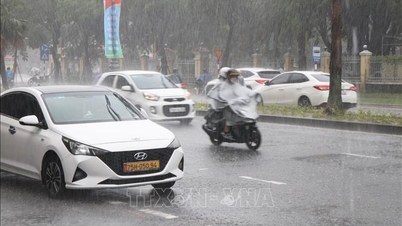
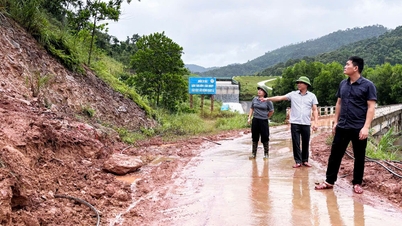

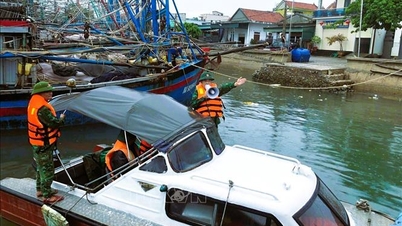
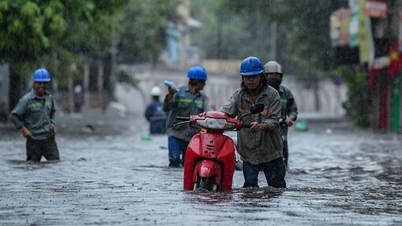





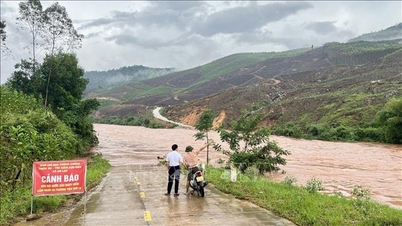













![[Photo] Super harvest moon shines brightly on Mid-Autumn Festival night around the world](https://vphoto.vietnam.vn/thumb/1200x675/vietnam/resource/IMAGE/2025/10/07/1759816565798_1759814567021-jpg.webp)














































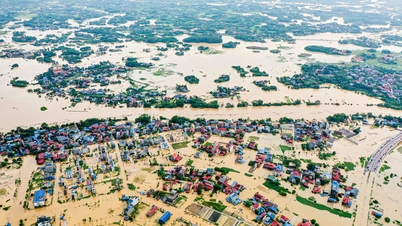



















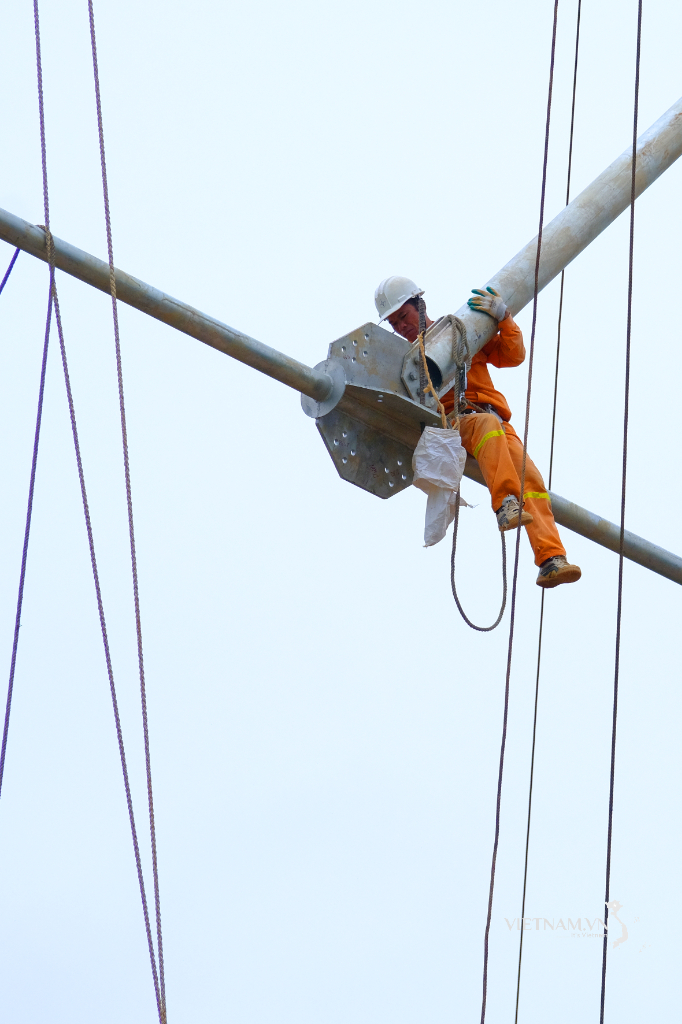
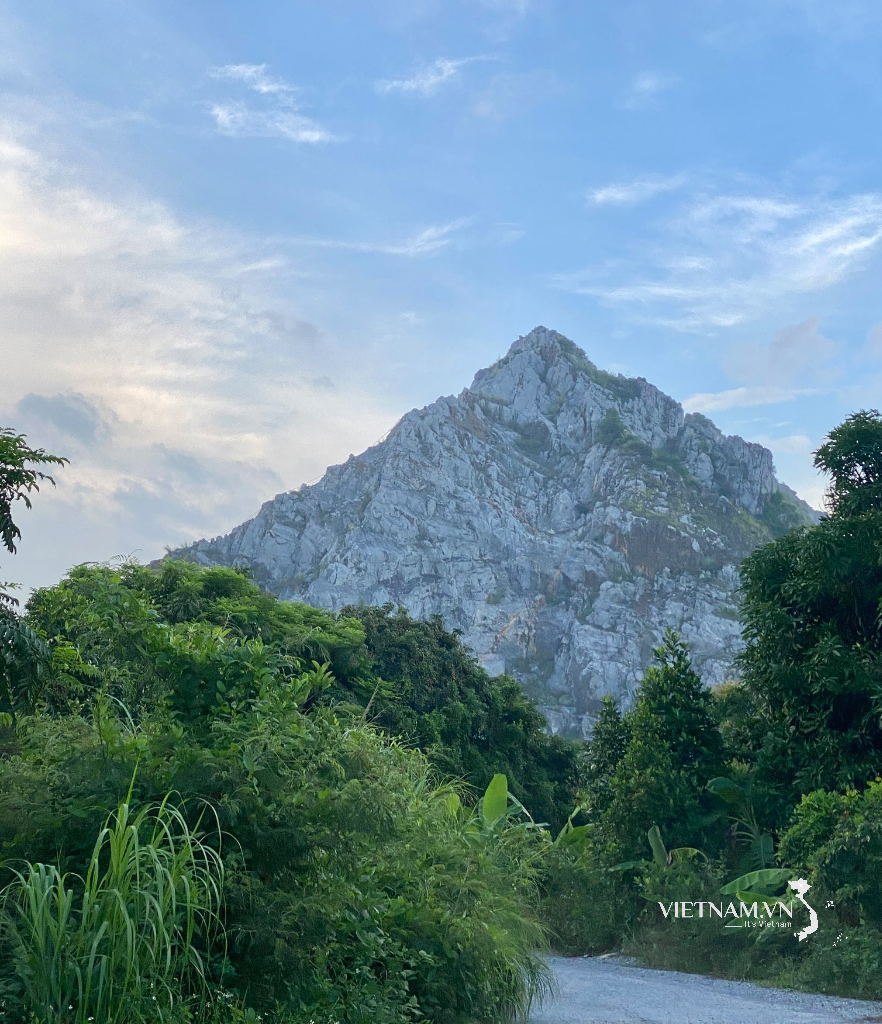
Comment (0)